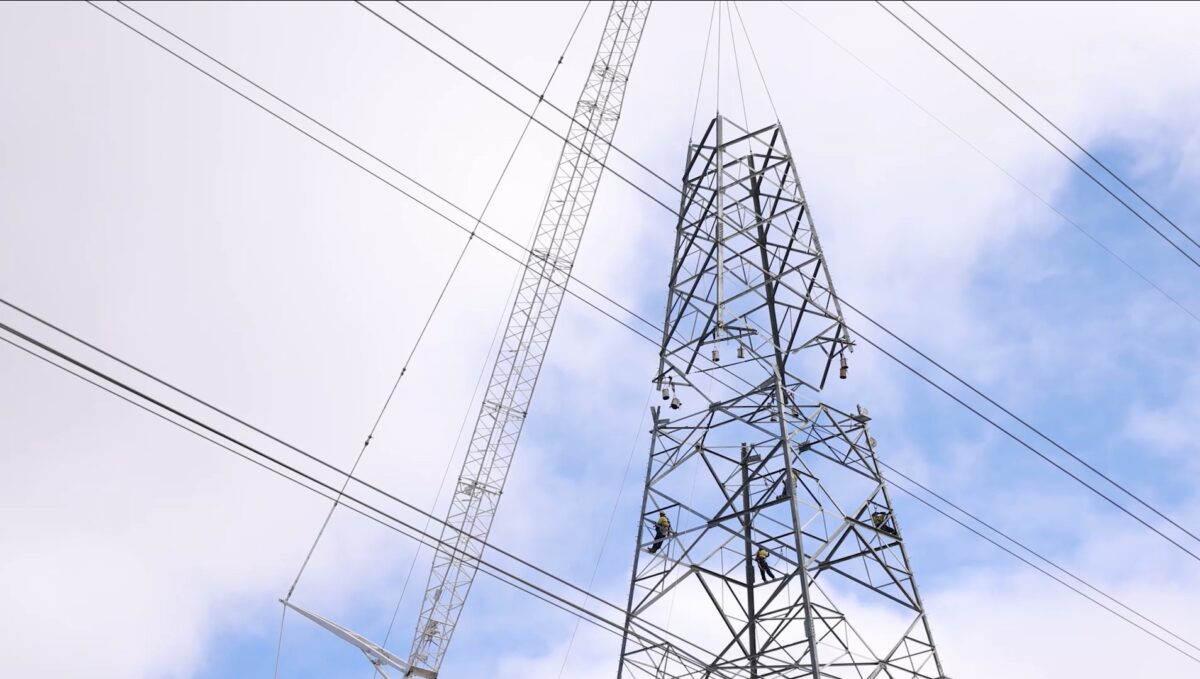Up to $3 billion in concessional loans and equity investments will be made available by the Commonwealth government’s Clean Energy Finance Corporation (CEFC) to fund both upgrades and new transmission in Western Australia.
The funding pertains to both the state’s islanded grids – the South West Interconnected System (SWIS) and the North West Interconnected System (NWIS) – and is part of the federal government’s Rewiring the Nation program, its cornerstone emissions reduction policy. The grid expansion and modernisation will largely happen around Perth metropolitan area; the state’s South West, which includes popular tourist destinations; as well as in the North West Pilbara region, a mining hotbed.
At the Critical Minerals Summit held in Perth in June, founder and CEO of Climate Analytics, Bill Hare, noted Western Australia’s separated grids are seriously falling behind Australia’s national grid, which connects its more populace eastern states. In 2022, renewables contributed more than 35% of the generation in Australia’s national electricity market (NEM), but in Western Australia that average drops by more than half, with renewables contributing just 17%.
“We are falling a long way behind Australia’s decarbonisation of the power sector,” Hare said. “The South West Interconnected System is a bit under half of generation in the state… but the larger part of our power generation – the Pilbara, the North West Interconnected System, the Goldfields and so, is not doing so well and that takes the state average down to about 17% and it doesn’t appear to be accelerating. Now, it’s vital for critical minerals because that’s where critical minerals are being mined.”
Specifically, less the 2% of the electricity generated in the state’s Northern grid comes from renewables. As Hare notes, this is particularly problematic as Australia is looking to become a global exporter of clean minerals, which will need to be mined and refined with renewable energy to be attractive on the international market. There are currently a number of companies seeking to set up refining and downstream projects from minerals mined in Western Australia, Australia’s biggest mining state.
The state government has said the $3 billion deal “will finance priority projects” and “increase the supply of renewable energy, and connect it into the grid by plugging in renewable generation hubs.”
“The agreement has been informed by WA Government modelling, specifically from the South West Interconnected System Demand Assessment and the Pilbara Industry Roundtable process,” WA Minister for Energy Bill Johnston added.
“It is expected the private sector will largely fund the cost of renewable energy generation and transmission infrastructure in the Pilbara, to the tune of tens of billions of dollars over the coming decades,” he said. “The low-cost finance program will help unlock this significant investment.”
South West Interconnected System (SWIS)
Regional and rural residents in WA’s south west have already seen the impacts of local network inadequacies. The sole network operator for the SWIS grid, Western Power, in February 2022 enforced a rule change which saw regional residents restricted to just 32 Amps per property. By October, the company agreed to increase the supply allocation to match metropolitan standards of 63 Amps due to public outcry.
According to the government’s announcement, initial modelling suggests that in 20 years’ time, the SWIS grid will need to have up to five times more electricity than is available today, as new industrial users connect to the grid.
Transmission an increasingly hot potato
Controversy around new transmission lines has heated up significantly in Australia over the past year and is receiving evermore attention in the mainstream media. This has led to speculation about whether local opposition could derail Australia’s emissions reduction targets which hinge on transmission unlocking private investment in new renewable projects.
Greenpeace Australia Pacific today welcomed the funding news, saying it shows the state’s future is in renewables. “We’re looking forward to further details, and will be watching closely to ensure this important funding doesn’t end up in the hands of the gas industry, who have been actively attempting to commandeer funds earmarked for clean energy,” the organisation’s Head of Clean Energy Transition, Jess Panegyres, said. “We look forward to further in-budget federal and state funds allocated for this important work.”
This content is protected by copyright and may not be reused. If you want to cooperate with us and would like to reuse some of our content, please contact: editors@pv-magazine.com.









By submitting this form you agree to pv magazine using your data for the purposes of publishing your comment.
Your personal data will only be disclosed or otherwise transmitted to third parties for the purposes of spam filtering or if this is necessary for technical maintenance of the website. Any other transfer to third parties will not take place unless this is justified on the basis of applicable data protection regulations or if pv magazine is legally obliged to do so.
You may revoke this consent at any time with effect for the future, in which case your personal data will be deleted immediately. Otherwise, your data will be deleted if pv magazine has processed your request or the purpose of data storage is fulfilled.
Further information on data privacy can be found in our Data Protection Policy.